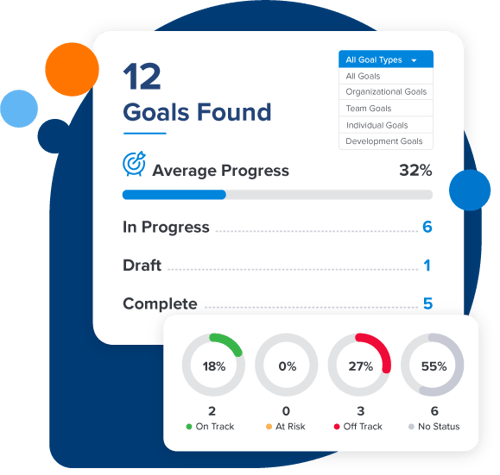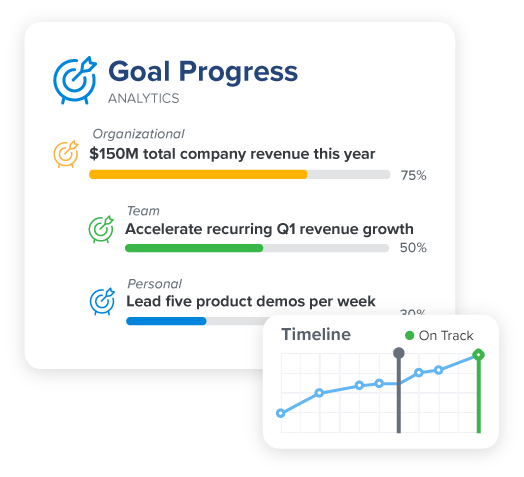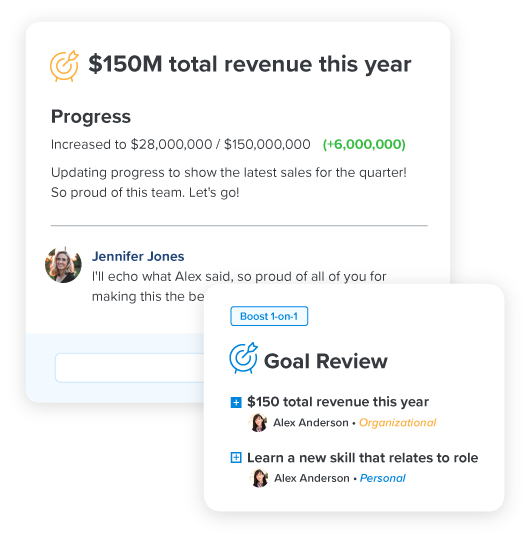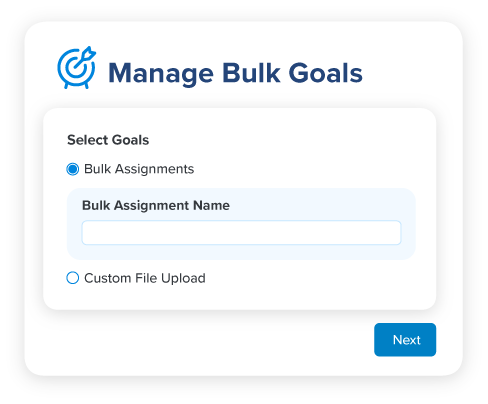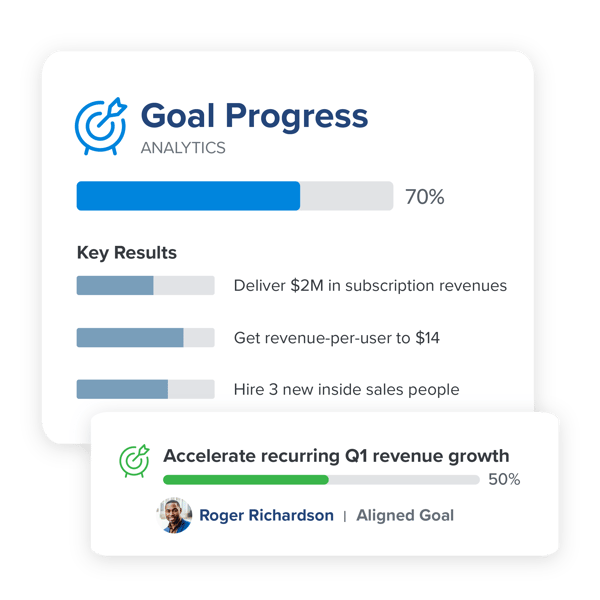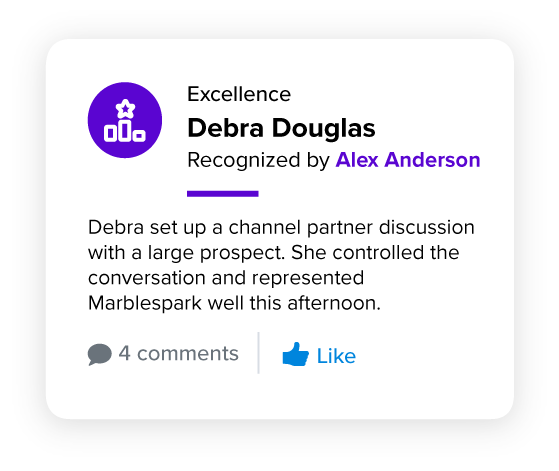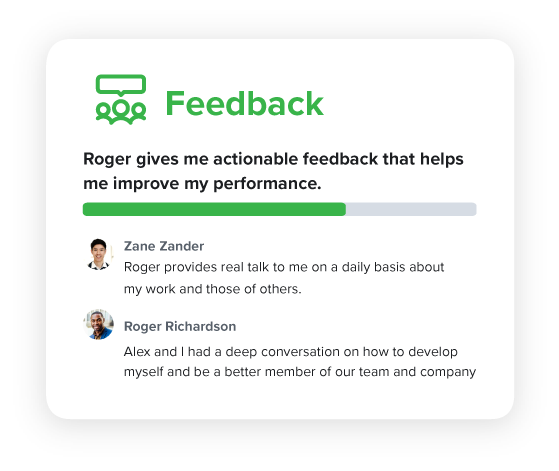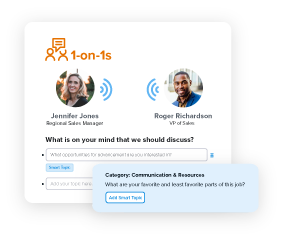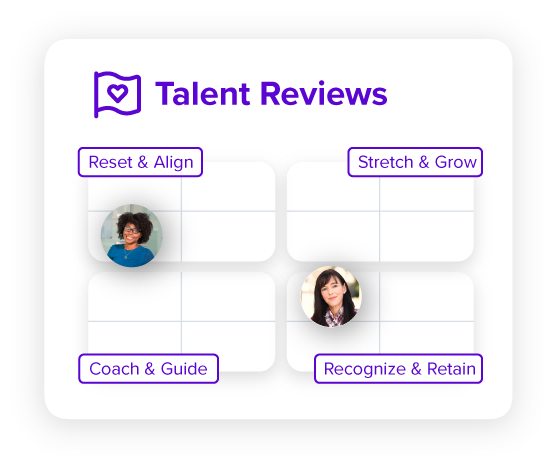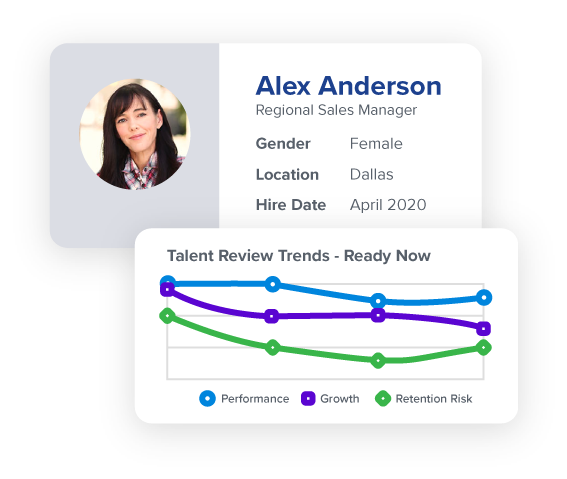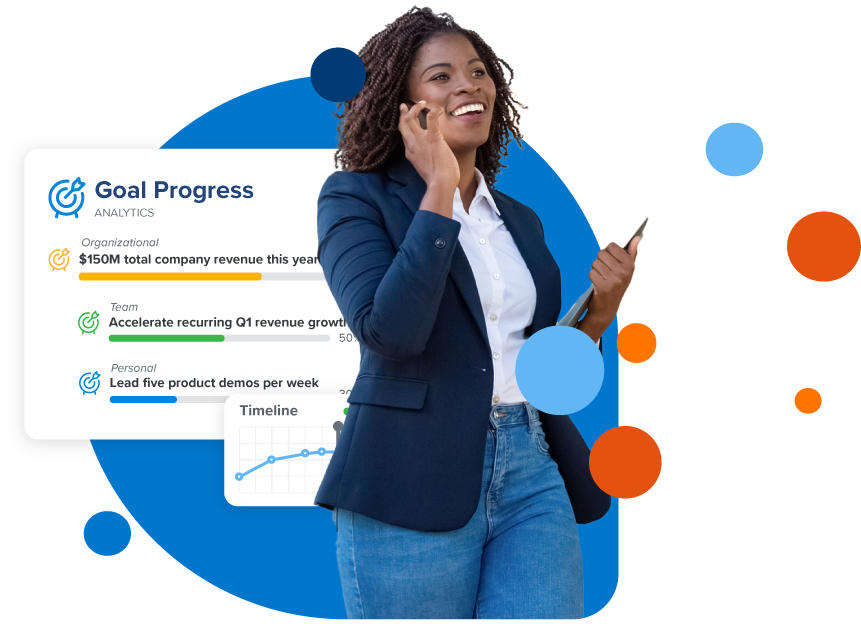Check out the other tools in our performance management suite designed to help you and your managers grow, develop, and align your teams to maximize success.
- Product
- Solutions
- Customers
- Resources
- Pricing
Get the latest insights on engagement, performance, and workplace research & trends sent straight to your inbox.
Get the latest insights on engagement, performance, and workplace research & trends sent straight to your inbox.
- Product
- Solutions
- Customers
- Resources
- Pricing
Get the latest insights on engagement, performance, and workplace research & trends sent straight to your inbox.
Get the latest insights on engagement, performance, and workplace research & trends sent straight to your inbox.




